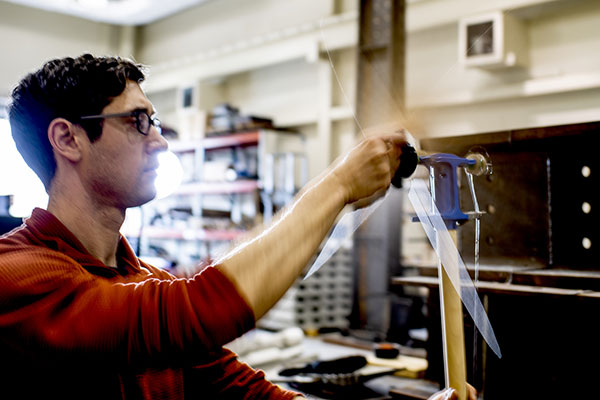

(NEO: PWWR) (OTCQB:ALKFF) (Frankfurt: 77R, WKN: A3CTYF) ("AFCP") to complete a joint venture ("JV") pilot project that aims to provide a solution for natural gas utilities to directly power both residential and commercial businesses. ("Progressus") entering into a letter of intent with Alkaline Fuel Cell Power Corp.
#Cleantech open linkedin update
(NEO: MOVE) (FWB: 2K6) (OTC: MOTNF) ("PowerTap" or the "Company" or "MOVE") is pleased to provide an update and details on Progressus Clean Technologies Inc. 03, 2022 (GLOBE NEWSWIRE) - PowerTap Hydrogen Capital Corp. VANCOUVER, British Columbia and IRVINE, Calif., Oct.


JV structured to support potential future growth and additional partnerships

doi.org/10.1098/ project to provide in-field proof of concept and operational dataĪdvancing a potential solution for global utility companies to blend hydrogen and natural gas (2022) Community composition of coral-associated Symbiodiniaceae differs across fine-scale environmental gradients in Kāne‘ohe Bay. Their next step will be to look into how corals with different symbionts from different regions of the bay reacted to the bleaching event. The investigators re-sampled these corals during the 2019 bleaching event in Kāne‘ohe Bay, and are now evaluating the data. Understanding the symbionts present in corals in Hawai‘i and what is driving the symbiont community composition can help us predict how these corals will respond to future heat stress. However, climate change has had an impact on corals in Hawai‘i and around the world, causing coral bleaching and possibly coral death. Healthy coral reefs are among the world’s most biologically diverse and economically valuable ecosystems. This sets the stage for understanding the role of environmental conditions in shaping how algal communities are distributed in space and time. Our fine-scale sampling of coral colonies across a relatively small spatial gradient (~10 km) within Kāne‘ohe Bay showed that algal symbiont community structure can respond to the conditions under which the coral is living. During the past century, sea temperatures in so many tropical regions have risen by over one degree Celsius and are still rising. Thermal stress is the most significant threat to corals globally. Mariana Rocha de Souza was a graduate student at UH Mānoa’s Hawai‘i Institute of Marine Biology during the time of the research. Mariana Rocha de Souza, Study Lead Author, University of Hawai‘i at Mānoa However, we were surprised to see that the symbiont really responded to these fine environmental differences in parts of the bay-something that had not been found in other studies. This makes sense, as these areas experience less light, less warming and less temperature variation. Cladocopium is widespread, whereas Durusdinium is typically found in shallow corals exposed to high light or sea surface temperature or in places with considerable temperature variability and is linked to increased thermal stress resilience.Ĭoral in the extreme north and extreme south of Kāne‘ohe Bay hosted less of the stress resilient symbiont. The two most prevalent algae genera harbored by corals in the Pacific Ocean are Cladocopium and Durusdinium. Growth Decline in Large Regions of Forest Distribution across EuropeĪlthough researchers have understood that corals have a wide range of symbionts, it is unknown if the algae species change from one area to another and what drives those changes.Influence of Management Techniques on Forest Evolution.


 0 kommentar(er)
0 kommentar(er)
